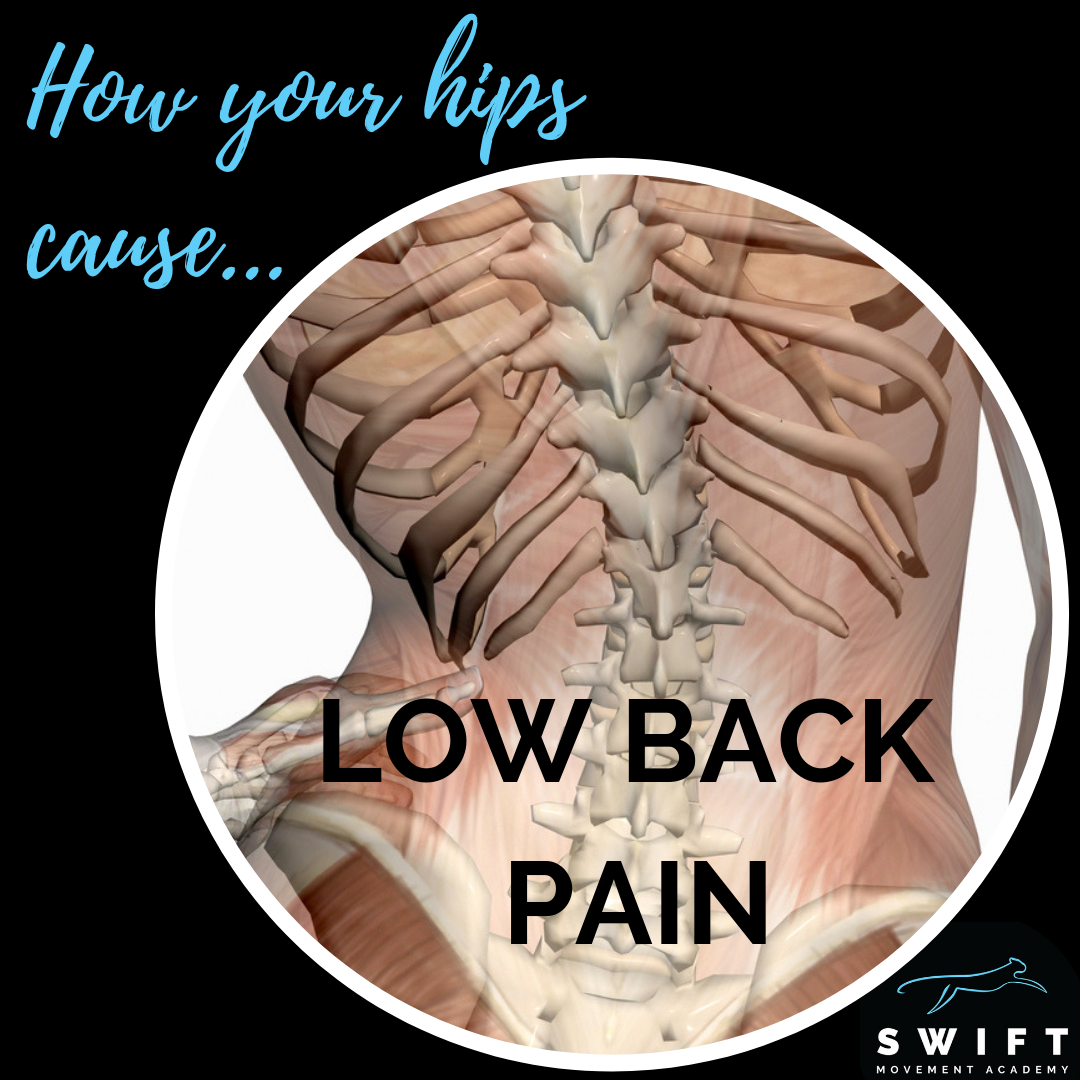
Shakira got it wrong. Hips do lie. They are a pain in the butt… or more accurately, the lower back.
So here is your quick anatomy lesson (Hey, you gotta learn something new every day right?).
The hips (pelvis) and lumbar spine are major attachment sites for dozens of muscles and other soft-tissue structures. Let’s delve into what they do and how they’re impacting on your lower back pain.

Firstly we have the pelvis. It stabilises your entire body and is designed to be the connector of your spine to your lower limbs. They’re basically the centre of us as humans.
Next we have the lumbar spine (aka lower back). These five (5) vertebrae are the largest in your body, separated by your discs. This spinal segment bears all of your load from above (including anything you hold) until your pelvis is able to take and disperse it.
It’s worth mentioning the femurs (thigh bones). The strongest bones in the body (stronger than concrete!) #funfact. More importantly though, they are the attachment site for the hip flexors, glutes, hamstrings and adductors (groin muscles) from the pelvis.
So, the lumbar spine attaches to the pelvis (via the sacrum – often considered part of the pelvis) from above and the femurs attach from below. This means that when the pelvis moves, the other structures typically move with it.
Why is this important?

Let’s say you sit at a desk all day. Your hip flexors shorten which causes your pelvis to rock forward into what’s called anterior pelvic tilt. Because your hip flexors are so tight, that anterior tilt creates a subsequent arch in your lower back and shortens the erectors (spinal muscles of the back).
Our bodies are smart, sometimes too smart. When this shortening occurs, opposing muscles have to lengthen to keep the balance. Therefore, the flow on effect caused by anterior tilt lengthens the abdominals, glutes and hamstrings.
Keep in mind sitting isn’t the only thing that can cause anterior pelvic tilt and sometimes the lower back or the core goes first. Regardless of how it occurs, the result is always the same. Poor postural position.
What if you add load to an excessive anterior tilt?
Let’s take a look at the back squat as an example. This axial (top down) load on an anteriorly tilted pelvis compresses the spinal discs and unevenly distributes the weight, with the highest amount going straight to the segment with the greatest angle.
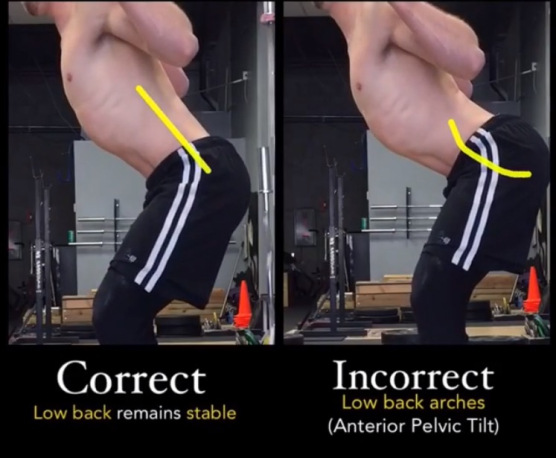

Does this cause a disc bulge?
No. The likelihood of bulging a disc in anterior tilt is slim to none. Our discs can only bulge sideways or backwards but the front is protected by a thick ligament (anterior longitudinal).
This is why when we round our backs (think shitty form deadlifts) we are much more likely to bulge a disc (more on this another time).
So instead the pressure increases on your lower back and exacerbates the tilt further. Now can you see why back pain occurs? These muscles aren’t designed for such loads yet are great at dispersing them when in biomechanically efficient positions.
So… What should you do? Do you stop lifting? Are back squats dangerous?
HELL NO!
Here’s what to do instead:
1) Release the tight muscles (hip flexors and erectors)
2) Activate the weak areas (abdominals, glutes and hamstrings)
3) Re-train your (squat) mechanics (learn to hinge and maintain neutral spine – more on this in coming posts!)
Each of these points could all be broken down into their own articles, so for now I ask you to reach and comment/message me with further questions and I’ll leave you with this.
Maybe Shakira was right and hips don’t lie. Sometimes they just disguise themselves as low back pain.
If you want to learn more about your specific back pain and live near Brisbane, check out my latest Workshop on October 20th, 2018.
https://www.eventbrite.com.au/e/low-back-pain-the-workshop-tickets-50465264966
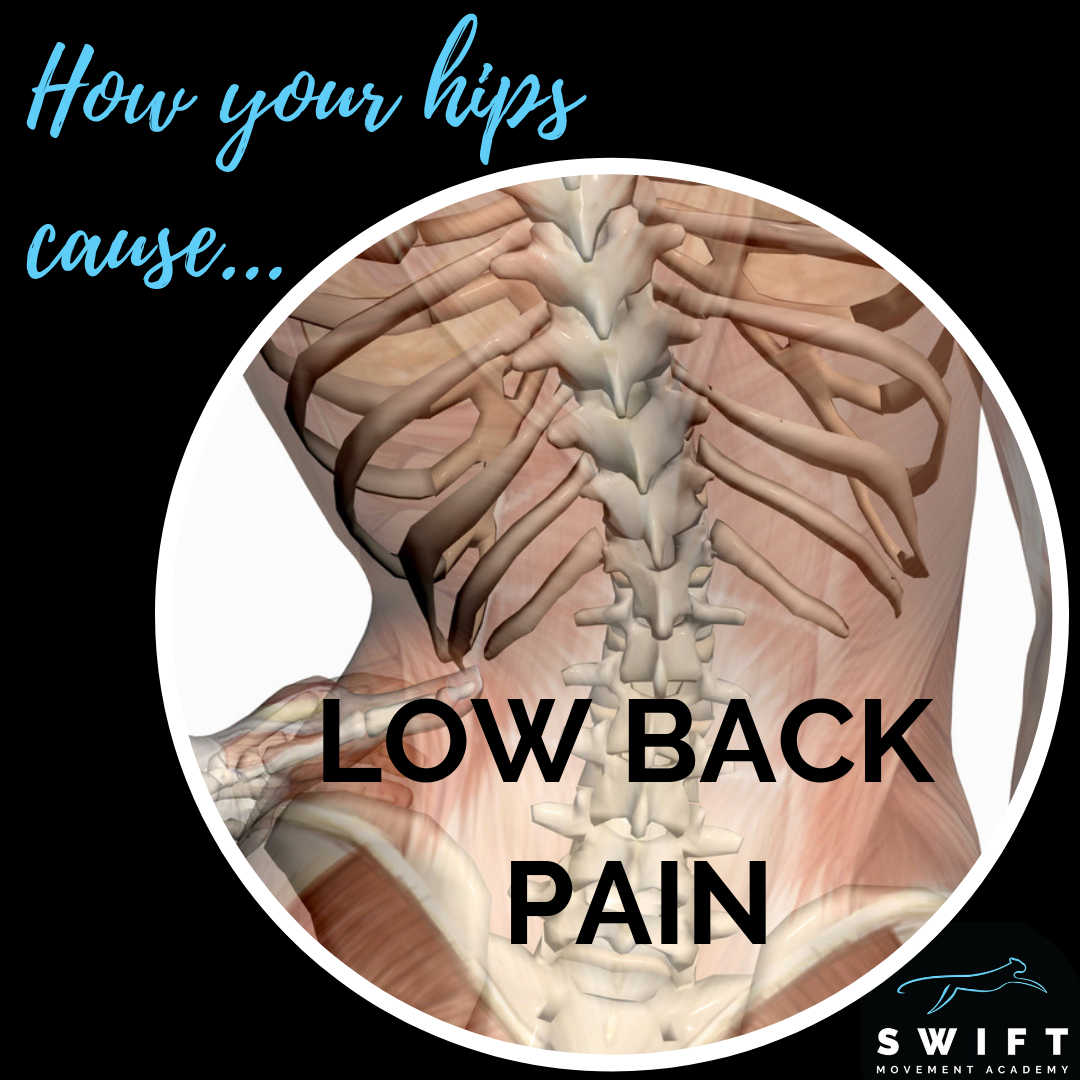
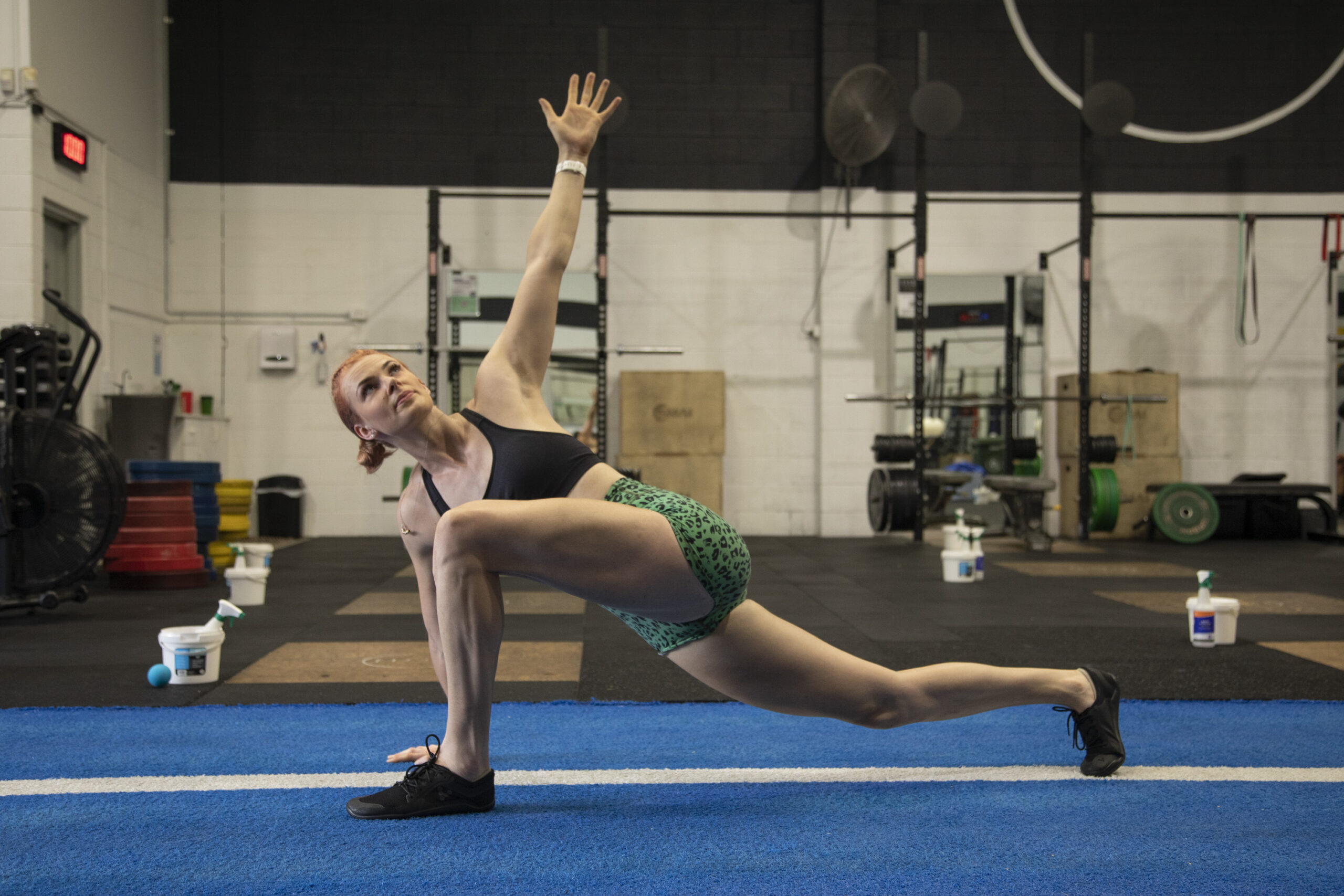
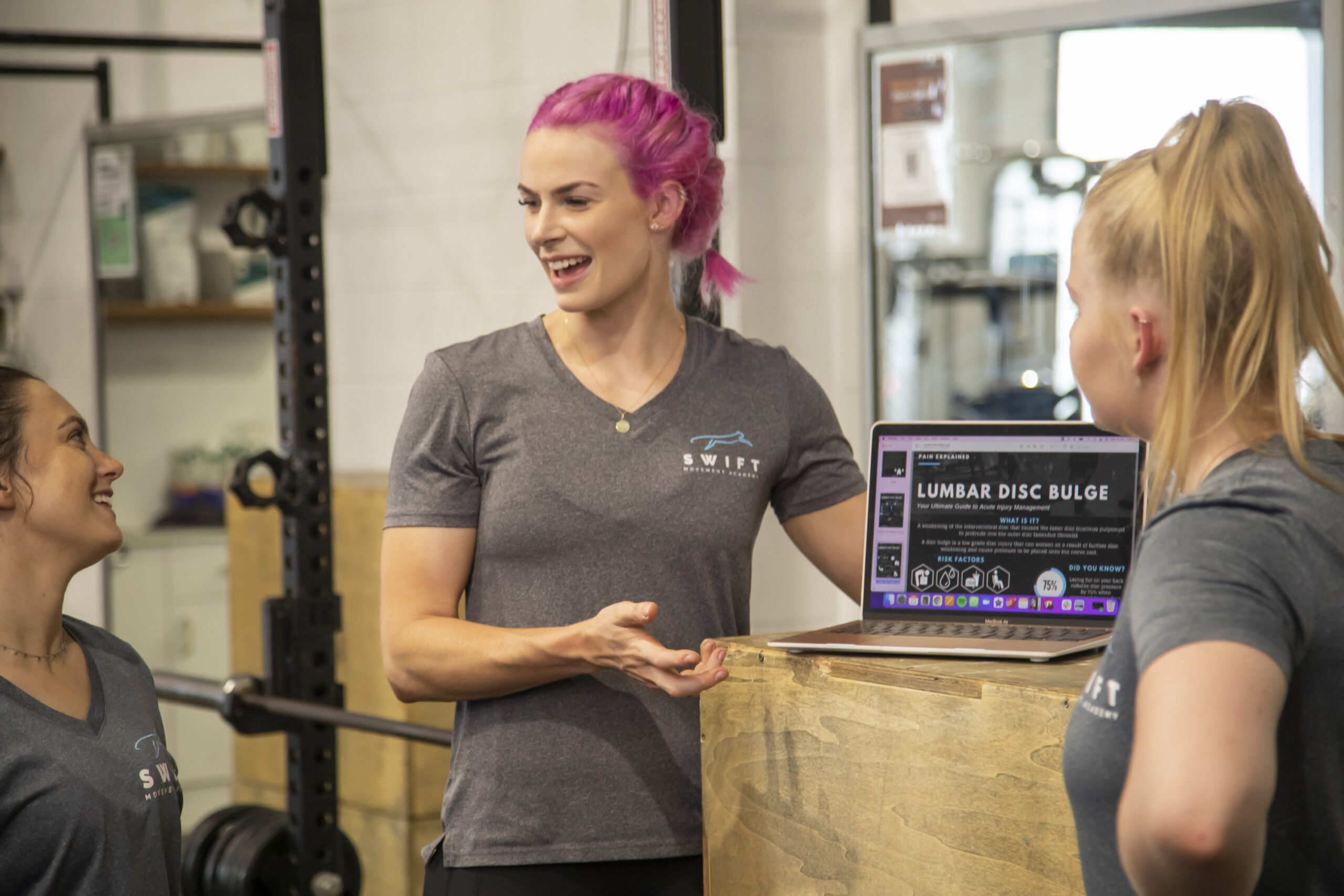
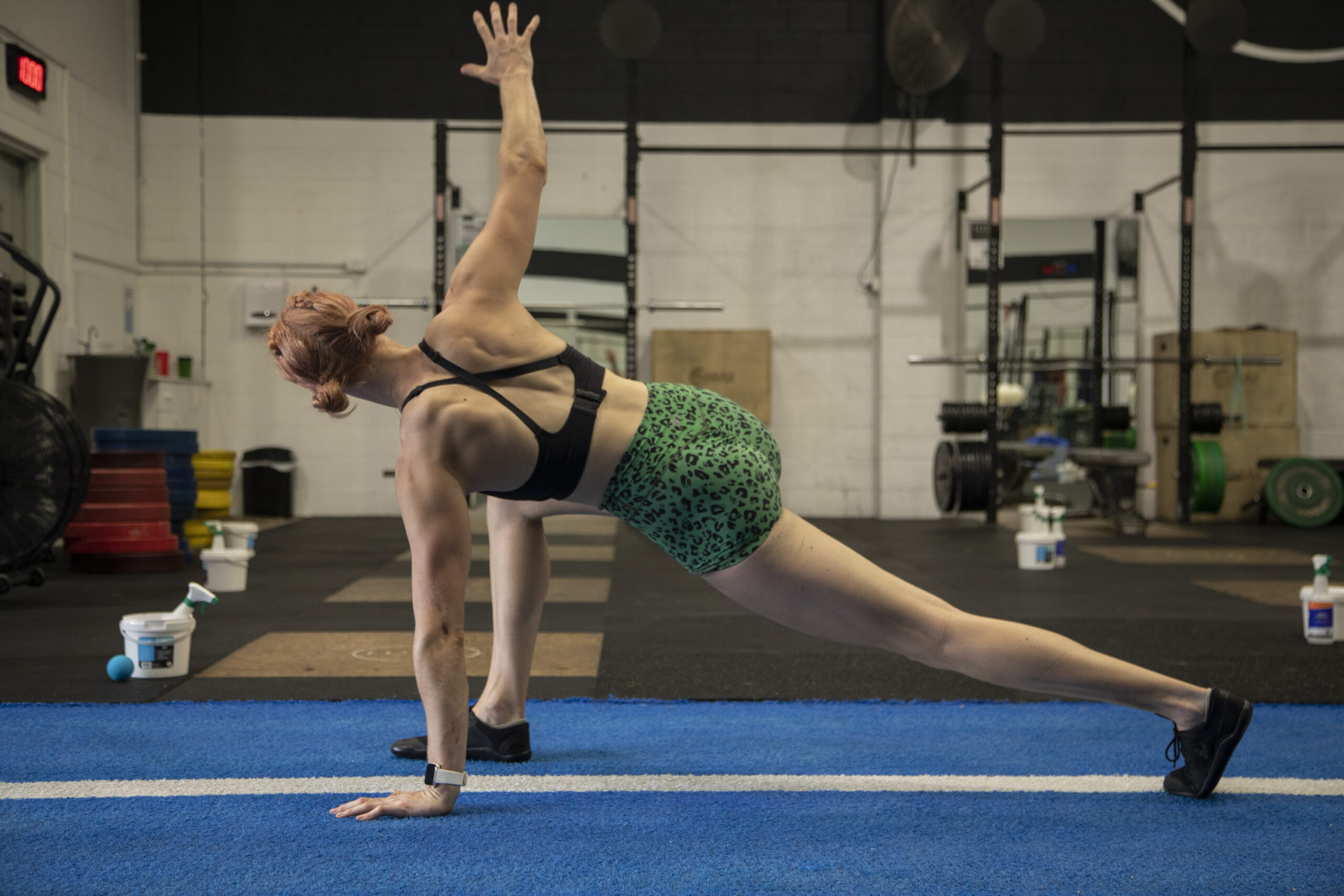
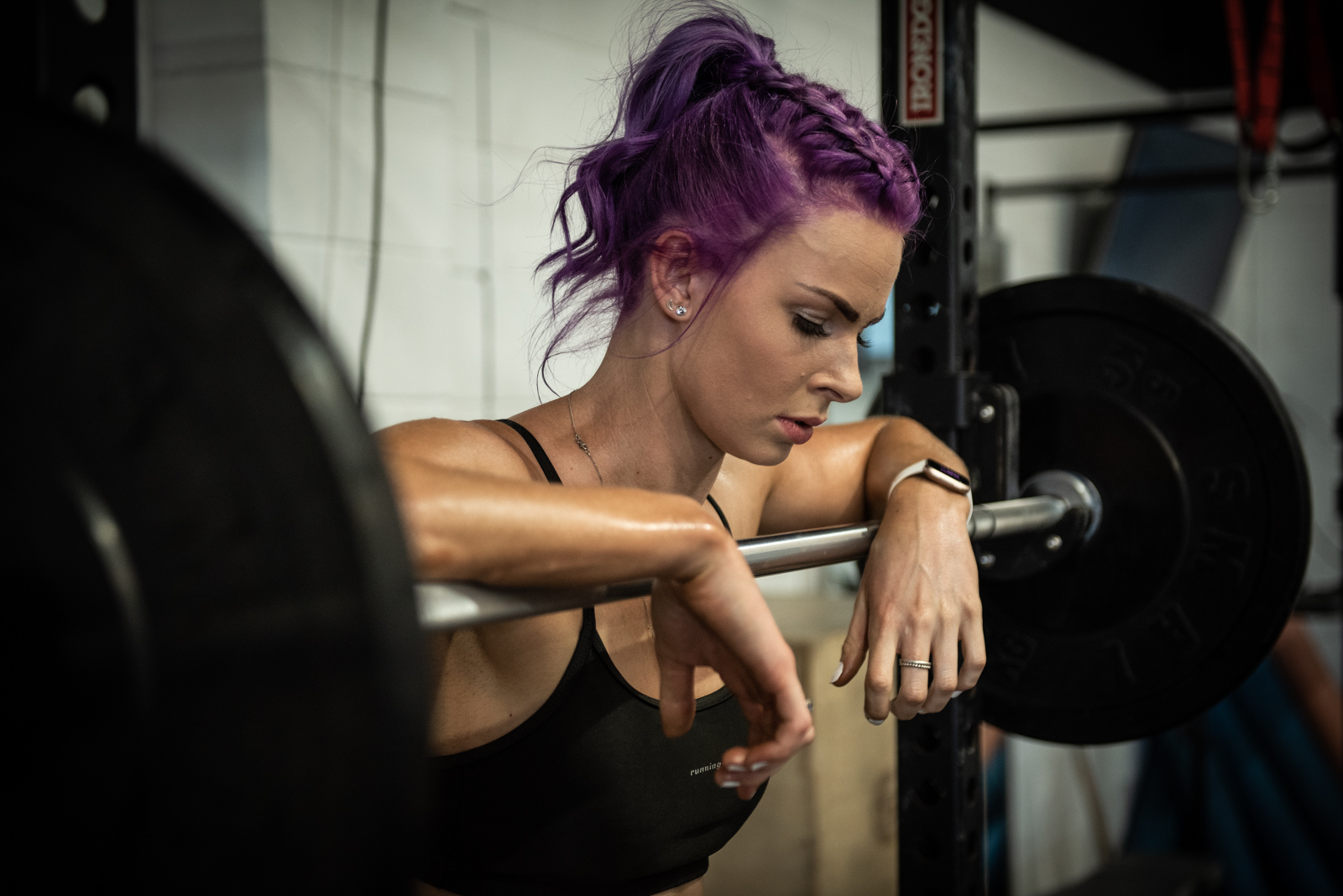
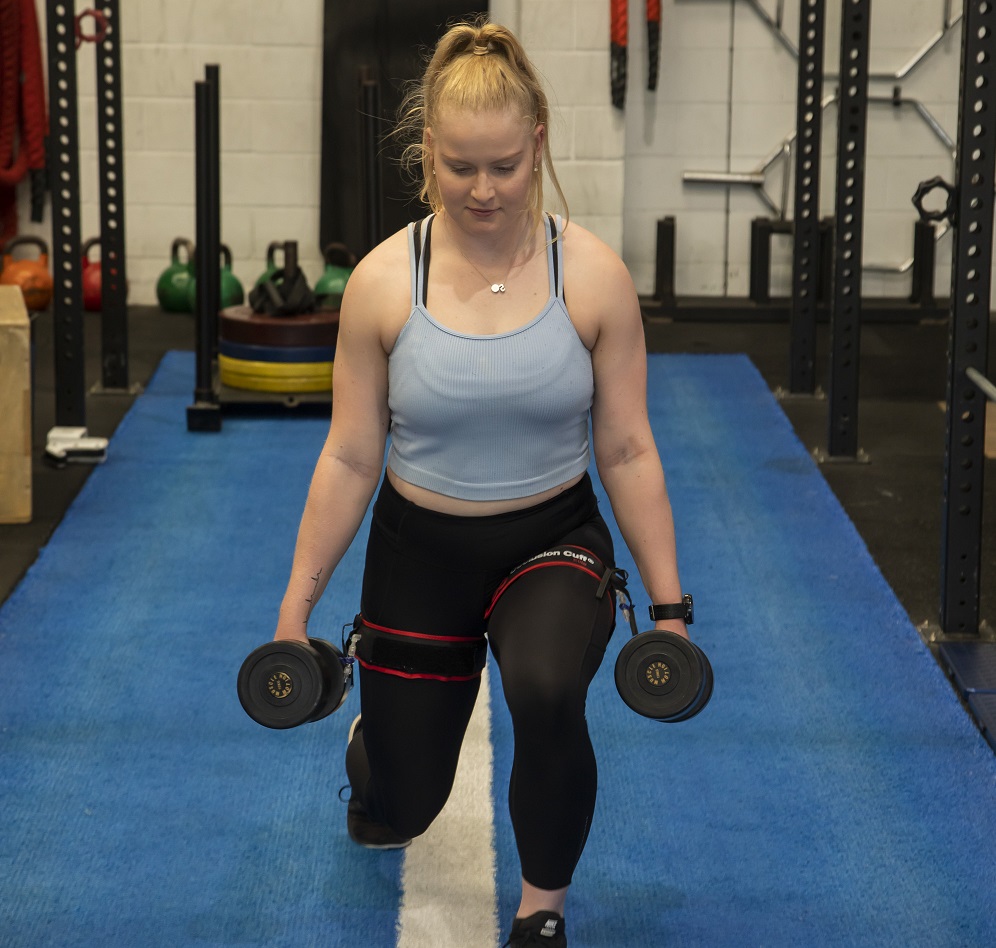

hihi
Healthy Hip Flexors – Why is so important? The hip flexor is a set of muscular tissues that join your femur, or thigh bone, on your pelvis and lumbar spine. The hip flexor allows you to raise your legs within the path of your torso. The muscle groups of the hip flexor also are responsible for retaining your hips and reduce again strong, flexible and properly-aligned